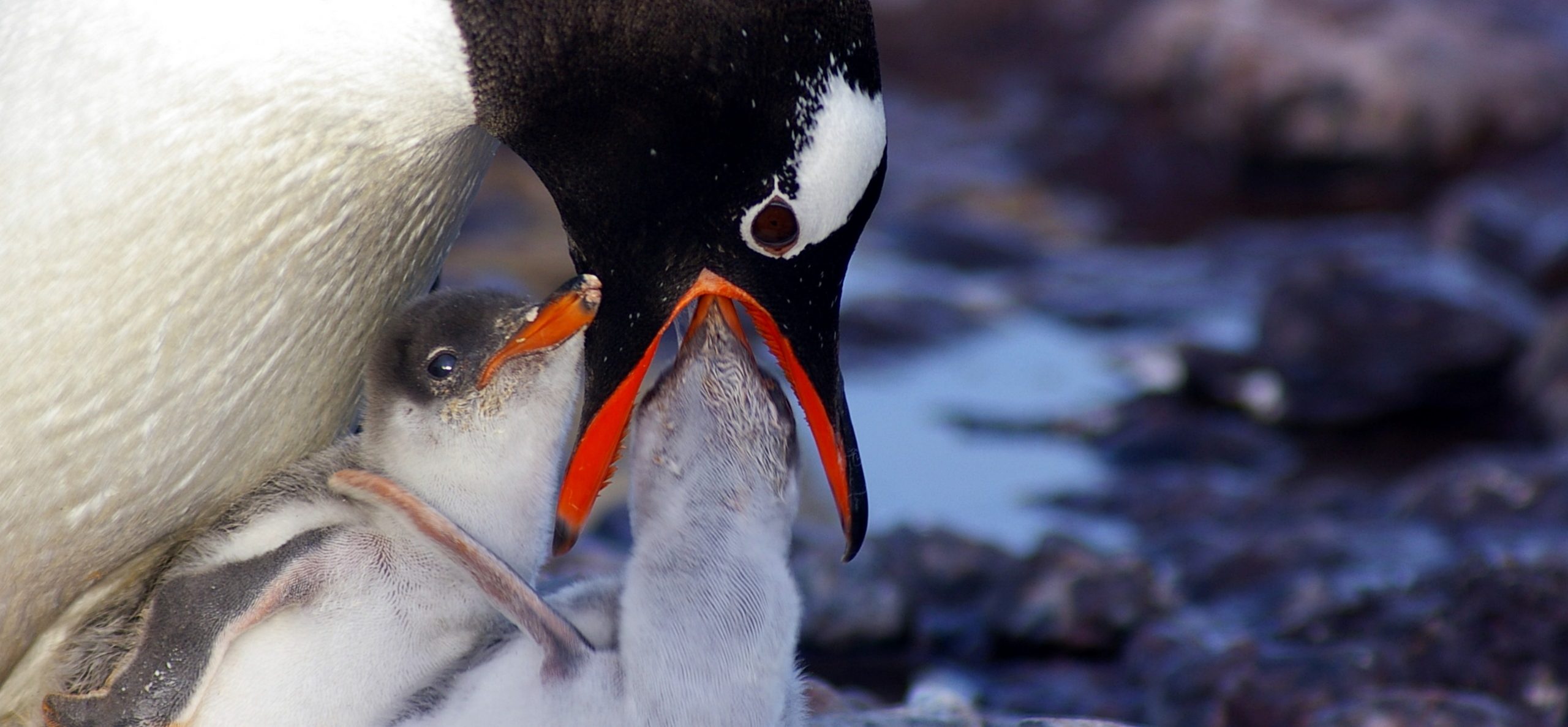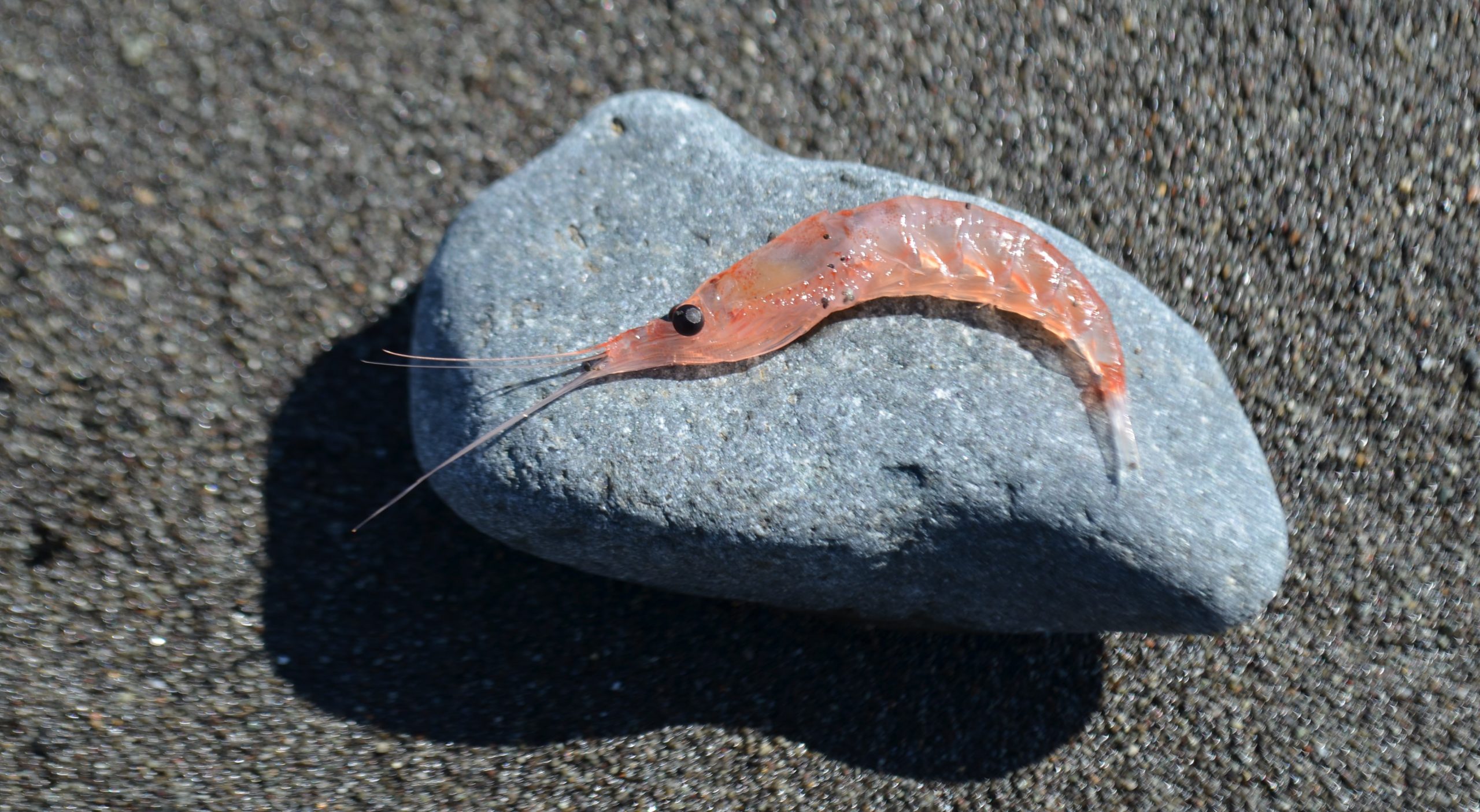New research on populations of Antarctic krill
Researchers from the University of Gdańsk and IBB PAS (Department of Antarctic Biology) have analyzed the age, size and distribution of populations of Antarctic krill (Euphausia superba) in the western Antarctic and have assessed their availability to predators such as penguins of the genus Pygoscelis.
Krill plays a key role in the Antarctic ecosystem, where it constitutes a primary food source for most of the fauna. Knowledge about the distribution, abundance, condition and diet of populations of krill-dependent indicator species – penguins – is crucial for ensuring sustainable fishing that would take into account the impact of fishing on other components of the ecosystem. The presented research fills a knowledge gap concerning the spatial distribution and age structure of Antarctic krill populations in the western part of the Antarctic Peninsula, an area particularly affected by climate change and commercial fishing.
This research is in line with the activities of the international Scientific Committee for the Conservation of Antarctic Marine Living Resources (SC CAMLR), as it deals with seabird populations, which are important indicator species that depend on krill and are currently vulnerable due to the effects of climate change and increasing commercial fishing. The study’s findings support the decisions of the CAMLR Commission that manages fishing in the Southern Ocean.
The full article “Availability to predators and a size structure of the Antarctic krill Euphausia superba in the 48.1 CCAMLR subarea”, published in Scientific Reports, is available here: https://www.nature.com/articles/s41598-024-72895-x
We also recommend the popular science article published by dr Małgorzata Korczak-Abshire in Academia: Nauka i globalne interesy w krainie lodu (article in Polish)
Below: Pygoscelis penguins feed their young with krill




